
The incorporation of photoactive molecules and catalysts into biological self-assembled nanostructures is highly desirable, because it provides them with photosensitizing / catalytic properties while retaining the capacity to respond to different (bio)chemical stimuli.

In this respect, one of our main goals is to develop novel methodologies to prepare dyes and organocatalysts with adequate solubility features and functional groups for their covalent or supramolecular grafting to different (proto)biological architectures.
With this strategy, the potential use of these hybrid systems in biomedical applications (e.g., in PDT treatments and sensing) or in catalysis benefits from the biocompatibility imparted by the mentioned nanocarriers and assemblies, and from their specific interaction with target cells.
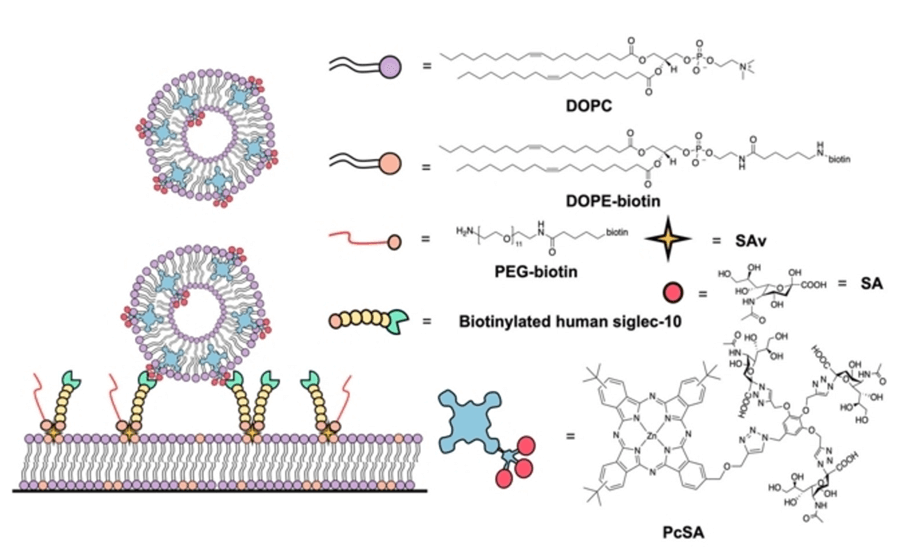
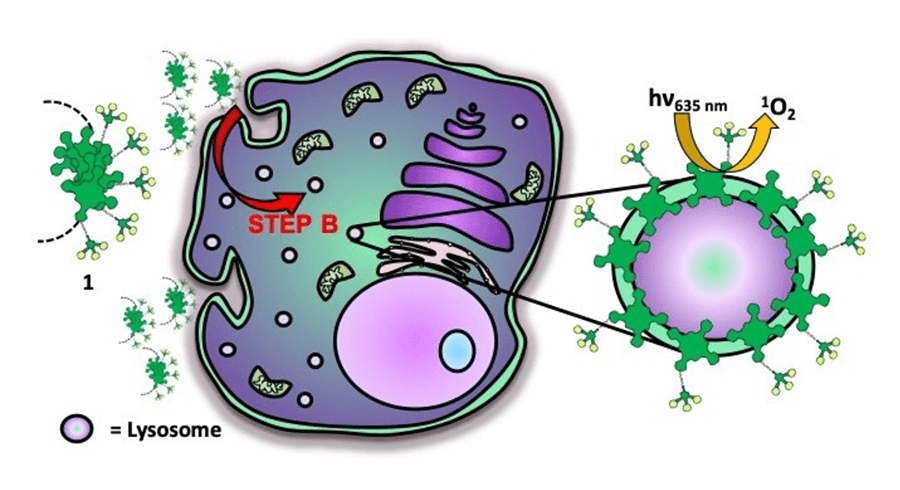
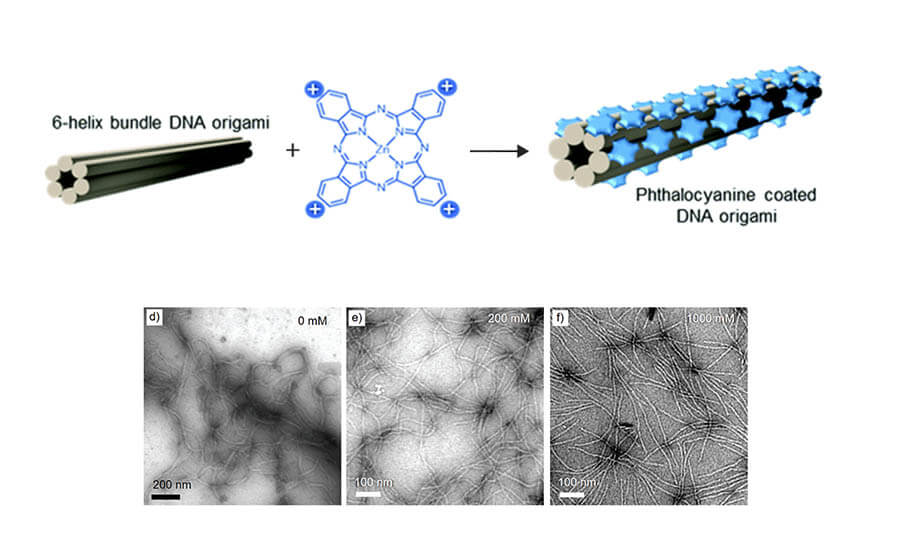
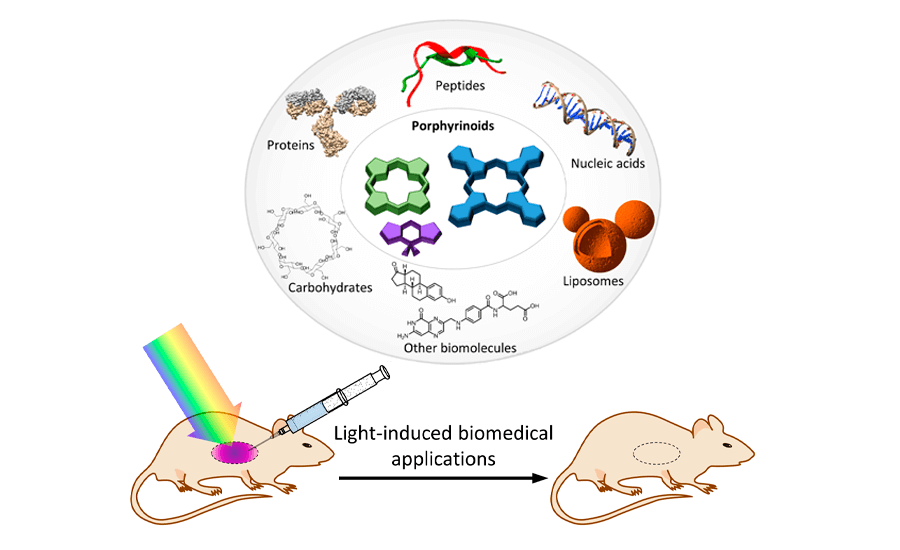
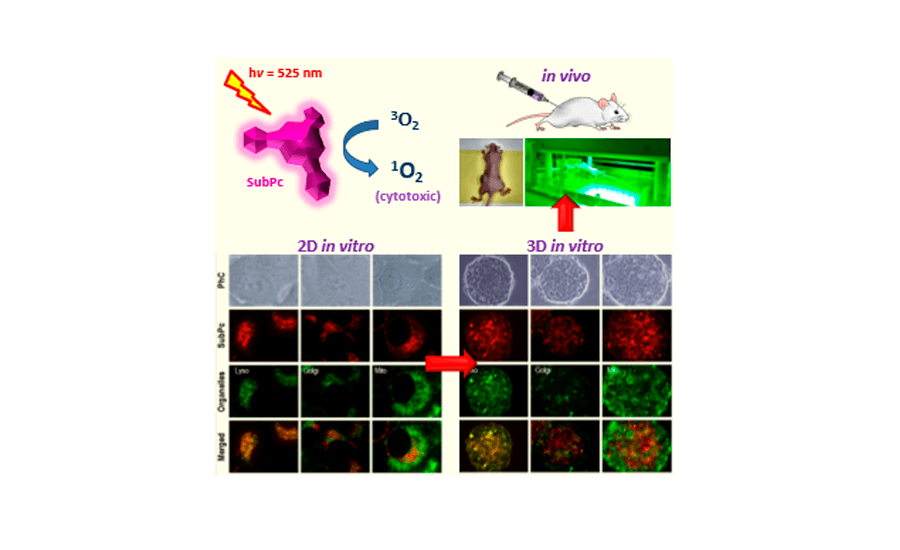
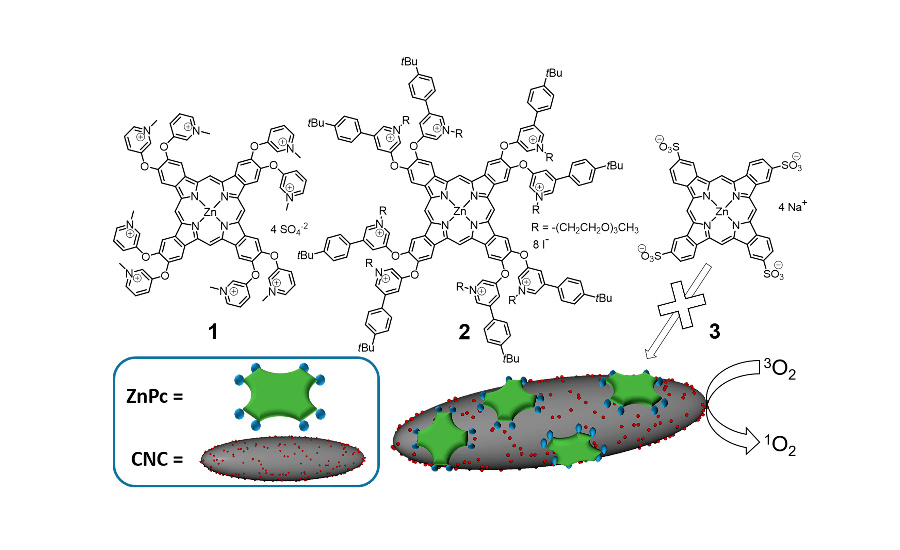
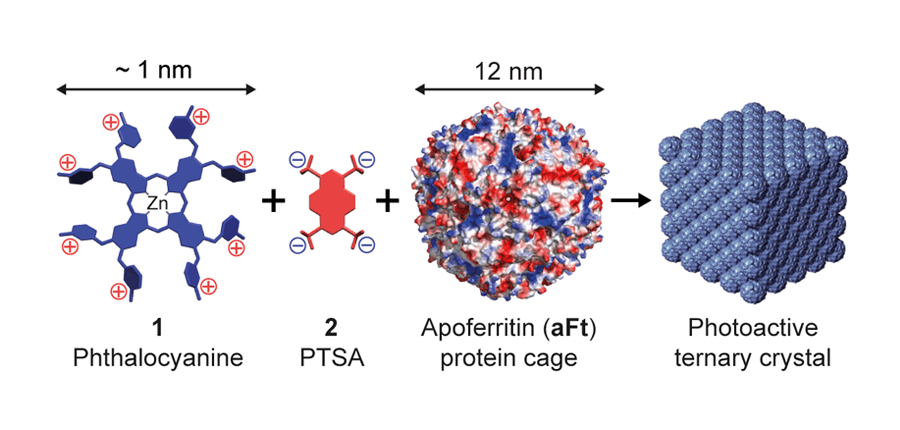
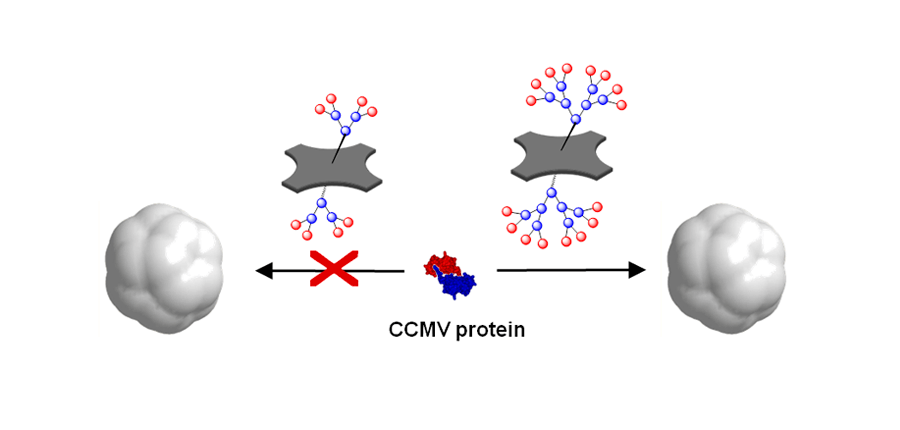
The study of complex molecular networks is a clear objective of the field so-called Systems Chemistry, which is expected to have a great impact in the area of origins-of-life research as well as in materials science.
We are starting to explore this field from both a theoretical and an experimental point of view. Concerning the origins of life, we have developed various theoretical contributions about prebiotic systems chemistry, pointing out the potential of this systems perspective at every level of the biogenesis process.
Experimentally, a pertinent question is whether artificial cells could be constructed from non-natural components. In order to provide clues about this question, we have started research lines on nucleic acid analogues, metabolic networks based on chemistries different from the current biochemistry, and nucleolipid compartments.
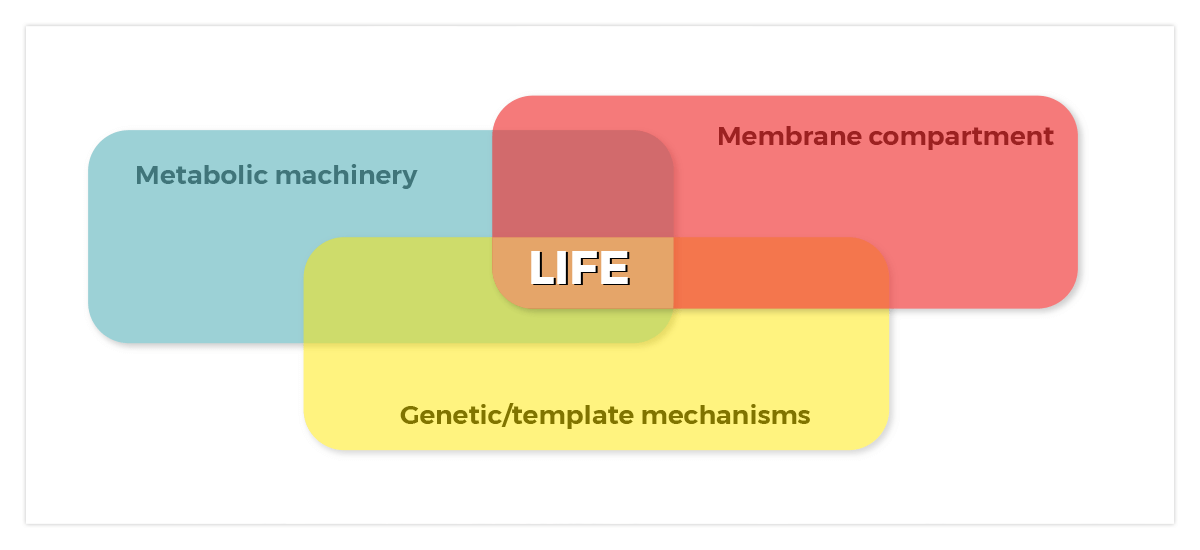
The study and combination of these components is an interesting approach because it allows exploring some properties of life without the restrictions of the historical pathway that Darwinian evolution took.
In particular, we are studying different types of prebiotic reaction networks, as well as replicative systems, based on the merging of minimal nucleobase sequences with lipid moieties and amino acids as spacers, studying their potential for adaptive self-assembly, collective behaviour, selection and performance in out-of-equilibrium conditions. In some cases, we also decorate them with catalytic peptides.
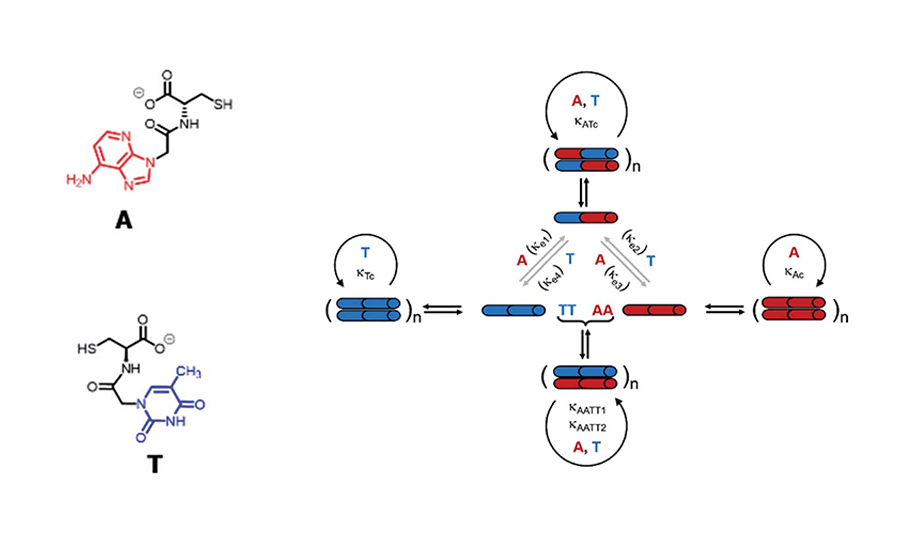

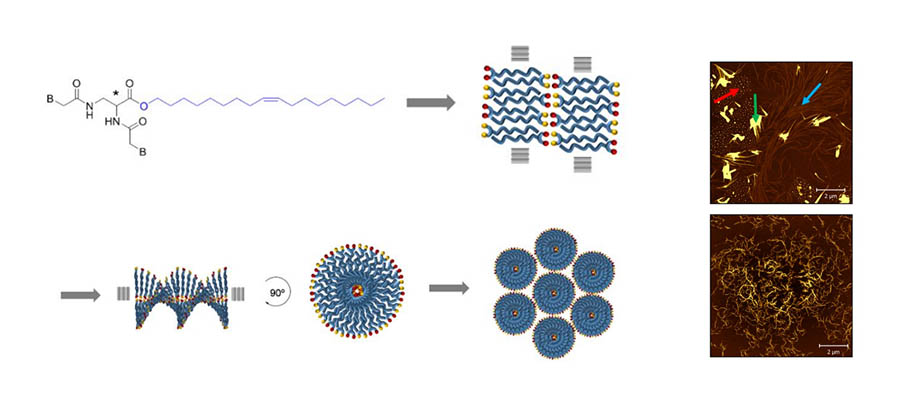
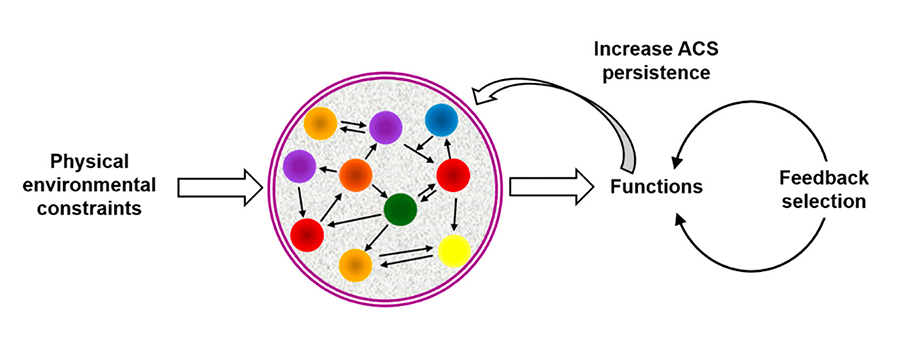
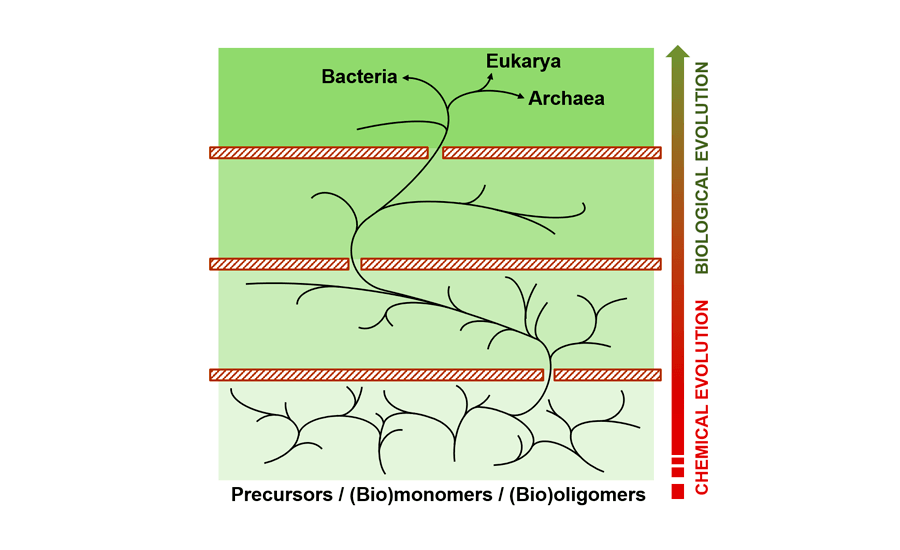
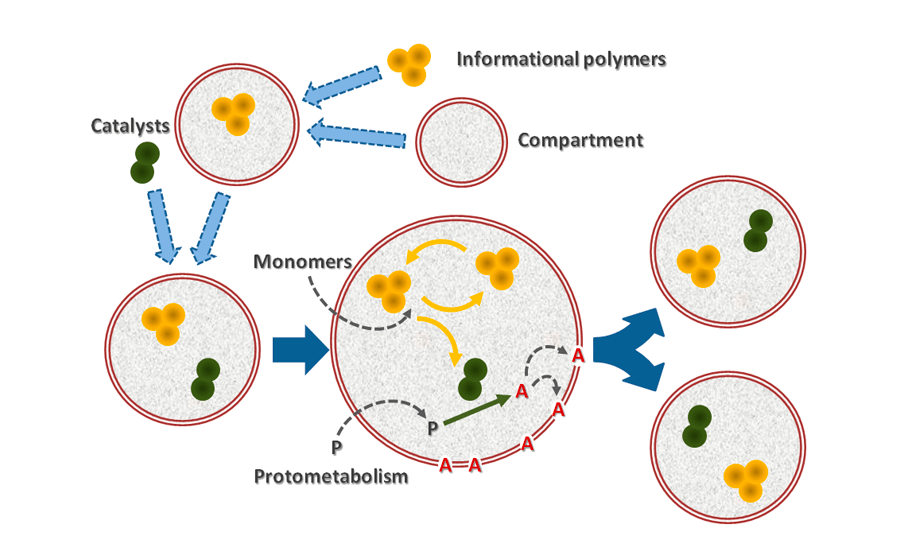
Andrés de la Escosura Research Group | 2023®